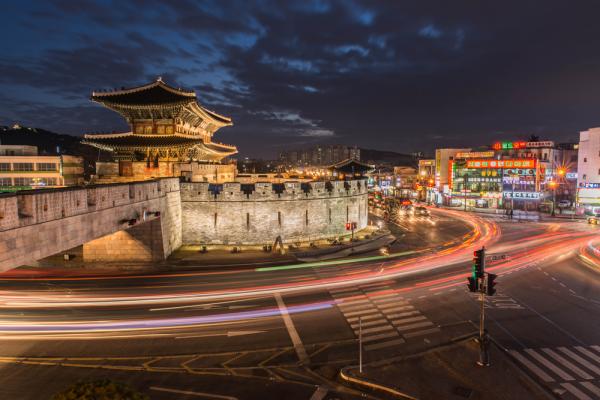Like most Asian nations, Korea experienced the influx of Western missionaries in the late 19th and 20th centuries. In Korea they are revered today by Christians. But in asking why the church grew here in ways unique on the Asia continent, it’s fair to say that the witness of faith which stood against oppression, and in solidarity with the poor and marginalized, accounted at least in part for this difference.
Today, however, the churches in Korea face the difficulties of being part of the society’s economic prosperity and success. The stories of congregations like Myungsong and Yoido are utterly remarkable and inspiring. Yet as a whole, Christianity in this society is no longer growing as before. Korean Christian friends tell me that it has “plateaued.” And a major worry, echoing that of the church in the U.S., is the growing disaffiliation of young people.
Read the Full Article

